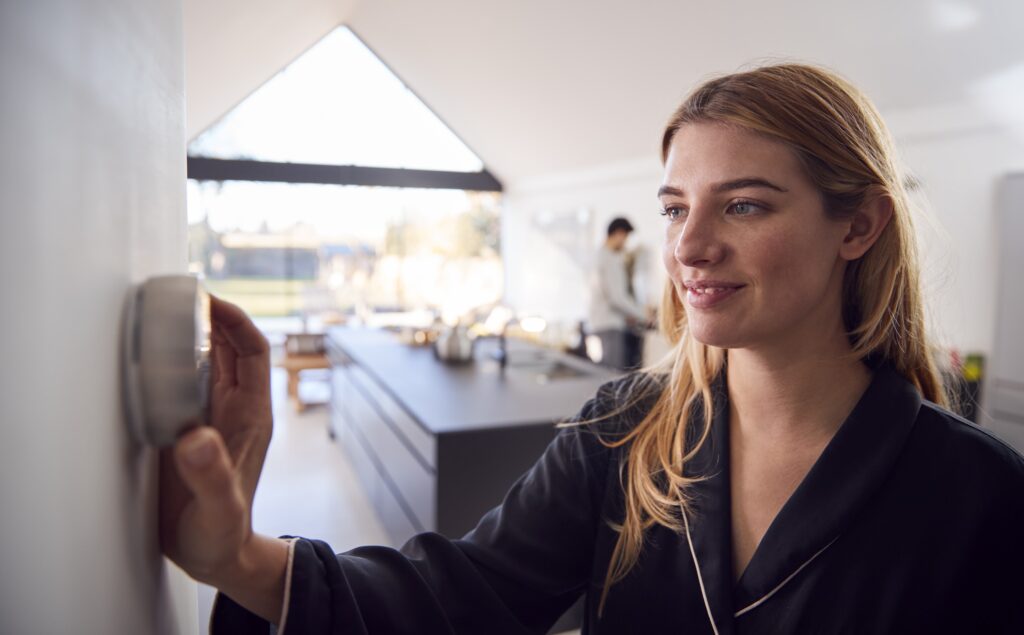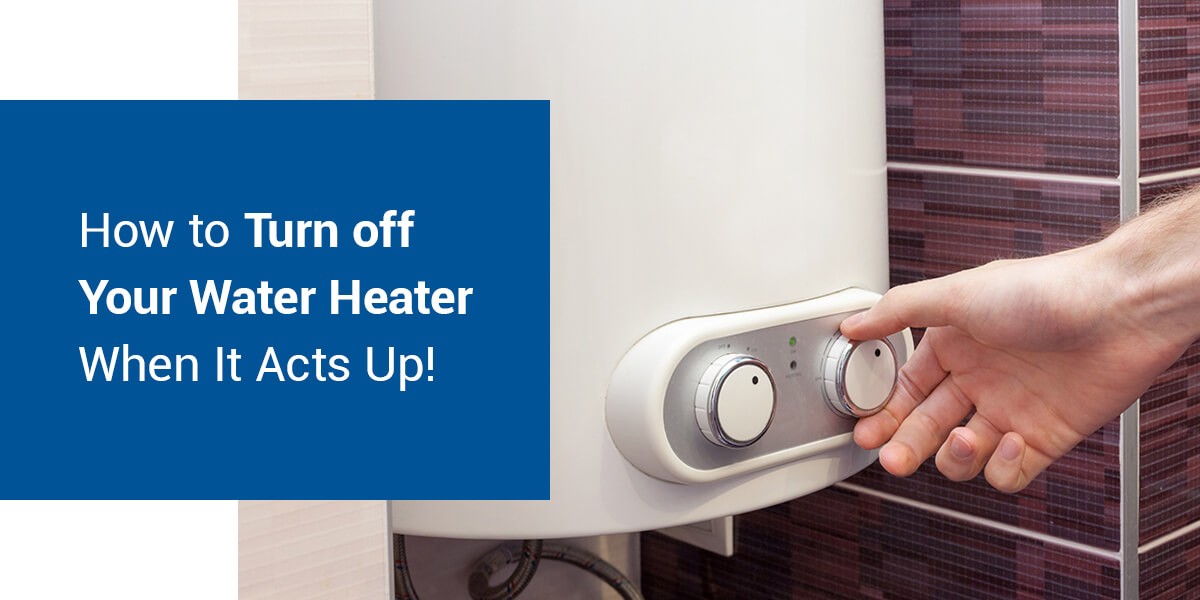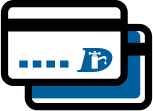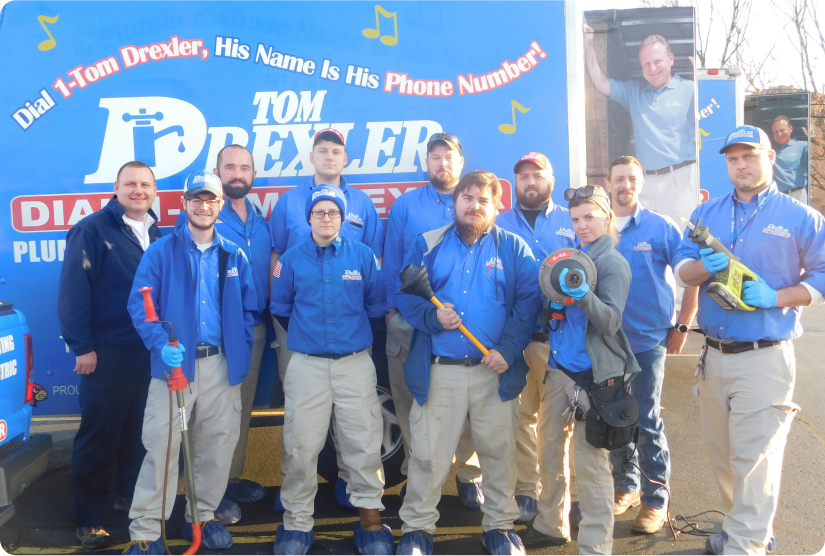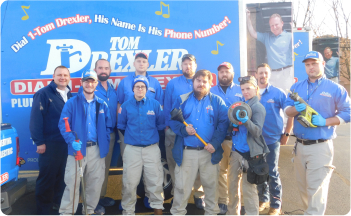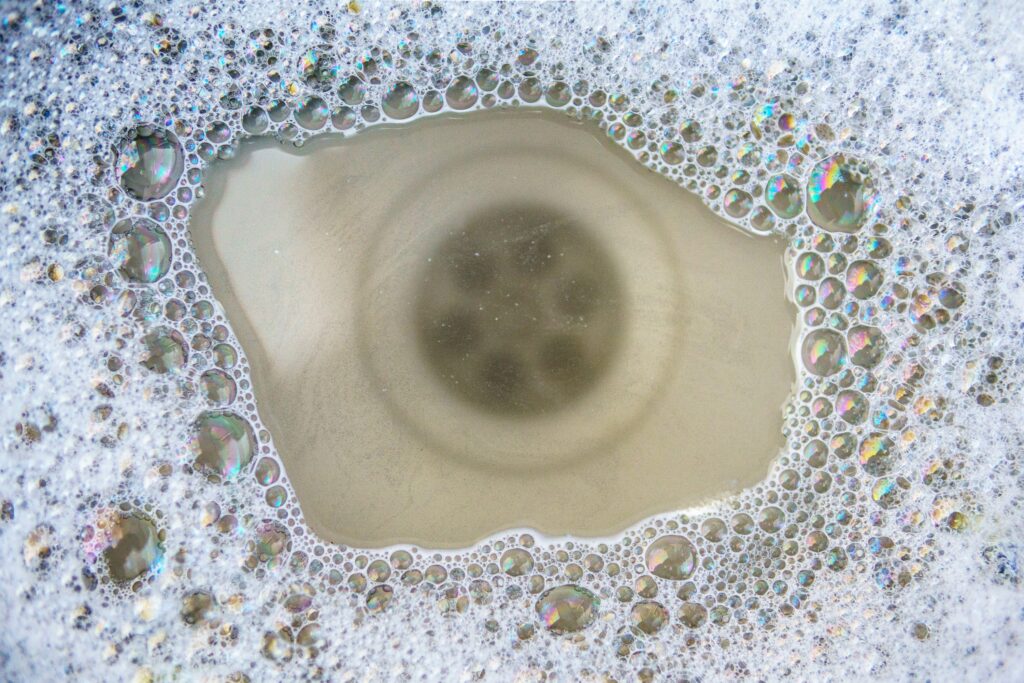
Drains don’t often get the credit they deserve, but when they stop flowing, you can’t help but pay attention. Clogs, odors, and strange noises are just a few signs that your pipes need cleaning. Learn to recognize all 10 warning signs so you can schedule professional drain cleaning services before things get any worse.
1. Slow-Draining Sinks and Tubs
If you find yourself waiting for water to disappear down the drain, you can bet there’s buildup in the pipe. Soap residue, grease, and hair are all common culprits. Professional drain cleaning services remove this debris so water can flow freely again.
2. Frequent Toilet Clogs
The occasional clog is normal, but plunging every few days means something is causing a blockage further down the line. Persistent toilet clogs often don’t clear up with a basic plunger. You’ll need drain cleaning services to find and eliminate the obstruction.
3. Backups in Multiple Drains
When several sinks, tubs, and showers act up all at once, you know the problem isn’t limited to a single fixture. This usually indicates a blockage in the main line, which affects your entire plumbing system.
4. Standing Water Around Floor Drains
Floor drains are supposed to carry water away quickly, so if you see puddles forming around them, you can assume debris buildup is blocking the line. Left unresolved, this can lead to flooding or a sewage backup during the next heavy rainstorm.
5. Bad Odors Coming from Drains
A sour or rotten smell wafting from your sink or tub indicates that food waste, grease, or bacteria have become lodged in your pipes. Store-bought cleaners may mask the smell temporarily, but only professional drain cleaning services can eliminate it at the source.
6. Gurgling or Bubbling Sounds
Strange noises when the water drains could indicate that air is trapped in your pipes, most likely due to a blockage. Once the buildup is removed, the gurgling should go silent.
7. Water Backflow
Few plumbing problems are worse than dirty water rising back into your sink, tub, or toilet. Backflow signals a major obstruction and creates a sanitation risk. Drain cleaning restores the correct direction of flow to protect your home and family.
8. Fruit Flies or Drain Pests
Even if your counters are spotless, a dirty drain can attract fruit flies and gnats. After all, buildup inside your pipes provides a food source for them. Cleaning eliminates their hiding spots and encourages them to move on.
9. Frequent DIY Cleanings
If you’re constantly reaching for a plunger or pouring chemical cleaners down the drain, the problem is bigger than these DIY methods can handle. Repeated use of harsh chemicals can damage your pipes, and plungers can’t reach deeply lodged clogs. Stop wasting your time on temporary fixes and call a professional for real solutions.
10. Poor Drain Maintenance
Drains need regular care to remain clear. Most homes benefit from professional cleaning every 18 to 22 months, while hectic households may need it more often. Here are a few easy habits to prevent clogged pipes between professional cleanings:
- Place strainers in sinks and bathtub drains.
- Keep grease, oil, and coffee grounds out of the kitchen sink.
- Never flush anything but a reasonable amount of toilet paper and human waste.
- Periodically rinse drains with near-boiling water.
- Tackle minor clogs with baking soda and vinegar.
Risks of Ignoring Drain Issues
If you neglect your slow, gurgling, or smelly drains, the problem will only grow. Call a plumber sooner rather than later if you hope to avoid:
- Sewage backups
- Burst or collapsed pipes
- Mold growth
- Water damage
- Unsanitary living conditions
Schedule Drain Cleaning or Hydro Jetting with Tom Drexler
Over the last 40 years, Tom Drexler Plumbing, Air & Electric has built a reputation for reliable service and honest pricing. Our licensed, background-checked plumbers use hydro jetting and other proven methods to clear even the toughest clogs. With our strict code of ethics and 100% satisfaction guarantee, you can feel confident that we’ll clear your clogged pipes on the first attempt.
Contact us today to schedule professional drain cleaning services in Cincinnati, Louisville, or Southern Indiana.


